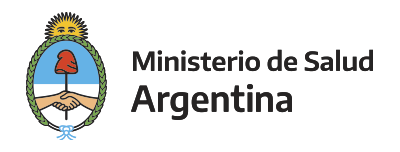Por favor, use este identificador para citar o enlazar este ítem:
http://sgc.anlis.gob.ar/handle/123456789/2661| Título : | Effect of Poor Access to Water and Sanitation As Risk Factors for Soil-Transmitted Helminth Infection: Selectiveness by the Infective Route | Autor : | Echazú, Adriana Bonanno, Daniela Juarez, Marisa Cajal, Pamela S. Heredia, Viviana I. Caropresi, S. Liliana Cimino, Rubén Oscar Caro, Nicolas Vargas, Paola Paredes, Gladys Krolewiecki, Alejandro J. |
Fecha de publicación : | 30-sep-2015 | Editorial : | Peter Steinmann, Swiss Tropical and Public Health Institute, SWITZERLAND | Cita : | Echazú A, Bonanno D, Juarez M, Cajal SP, Heredia V, Caropresi S, et al. (2015) Effect of Poor Access to Water and Sanitation As Risk Factors for Soil-Transmitted Helminth Infection: Selectiveness by the Infective Route. PLoS Negl Trop Dis 9(9): e0004111. doi:10.1371/journal.pntd.0004111 | Resumen : | Soil-transmitted helminths (STH) are a group of parasitic human infections of great public health relevance due to their high prevalence and potentially severe morbidity in case of heavy infection intensity, especially in poor settings. Common species of STH include Ascaris lumbricoides, Trichuris trichiura, Hookworm (Ancylostoma duodenale and Necator americanus) and Strongyloides stercoralis. Their life cycle includes an obligatory passage on soil, where they mature becoming capable of transmitting the infection to a new host. Two infective routes can be distinguished according to the species, oral ingestion of eggs versus skin penetration of larvae from fecally contaminated soil. Inadequate sanitation and unsafe water supply were described as risk factors for STH infections; however more data on this relationship is needed. The main strategy for STH control is the regular deworming, through mass drug administration. Interventions on water, sanitation and hygiene (WASH) and health education are also important to sustain the benefits of anthelmintic therapy. The present study reports an association between poor sanitation and water access and STH infections selective to the parasite route of entry. This finding could contribute to the design of specific and rational recommendations to reduce soil-transmitted helminths transmission. |
URI : | http://sgc.anlis.gob.ar/handle/123456789/2661 | DOI: | 10.1371/journal.pntd.0004111 |
| Aparece en las colecciones: | Parasitosis intestinales en Argentina |
Ficheros en este ítem:
| Fichero | Descripción | Tamaño | Formato | |
|---|---|---|---|---|
| 06. Am. J. Trop. Med. Hyg., 97(1), 2017, pp. 166–172.pdf | 326.8 kB | Adobe PDF | Visualizar/Abrir |
Visualizaciones de página(s)
69
comprobado en 13-dic-2025
Descarga(s)
4
comprobado en 13-dic-2025
Google ScholarTM
Consultar
Altmetric
Altmetric
Los ítems de DSpace están protegidos por copyright, con todos los derechos reservados, a menos que se indique lo contrario.

